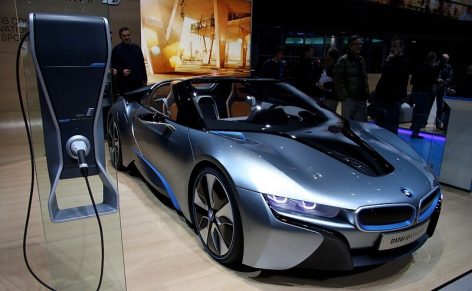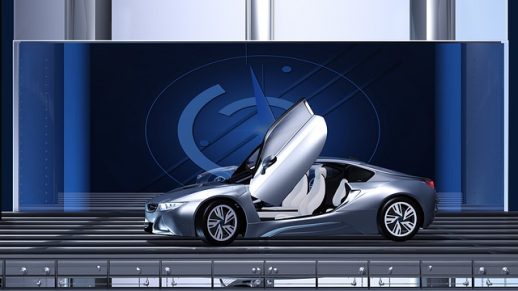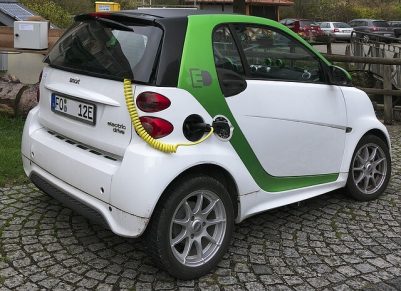To give electricity to electric vehicles, the team of researchers at UMASS Lowell has adopted a new and more efficient method.

Read Article: Top 5 future technology
Researchers Have Created a New Way to Power Electric Vehicles
Chairman of the Department of Chemistry Prof. Innovations developed by a group of students of David Ryan and UMass Lowell will enable electric vehicles of all emissions to last for long while maintaining zero emissions. The new technology uses water, carbon dioxide, and metal cobalt to produce hydrogen gas at a relatively low temperature and pressure.
Future Transport Electric Vehicles
According to Ryan, most of the electric vehicles operating on the road are dependent on batteries, which should be charged, but there are limitations like storage capacity, recharge and the time required for the cost.

Consequently, the current technique is practical only for small cars and not for large vehicles, including trucks and buses. On the contrary, the invention of the UMass Lowell team can be used to do all types of vehicles.
In an electric vehicle, hydrogen made by the team’s method will go straight into a fuel cell. Where it will produce electricity and water from the atmosphere in conjunction with oxygen. Then the power will power the system that operates the vehicle motor, rechargeable battery, and headlights.
“This process doesn’t store any hydrogen gas, so it’s safe and poses no transportation issues, greatly minimizing the possibility of a fire or explosion,” Ryan said.

Read Article: Future Technology Which Will Soon be In Our Hands
The technology generates hydrogen that is more than 95 percent pure, he added.
“Hydrogen burns completely, it produces only carbon dioxide, and you do not need to burn hydrogen to generate electricity. Hydrogen can be used in fuel cells. Combines electricity with oxygen and up to 85 percent efficiency, “said Ryan.
With the increasing demand for green energy. The hydrogen market is poised to grow to an estimated $199 billion over the next four years. According to industry watchers.

Since hydrogen is not mined or pumped out the ground like fossil fuels, we have to produce it. Current methods of doing that are expensive and inefficient. This, coupled with the lack of needed infrastructure, has hampered the transition from petroleum to a hydrogen economy,” said Ryan. “Our hope is that the catalytic hydrogen technology we have developed would help solve all of these challenges.”
Working with Ryan. Who is from Reading, are Ph.D. Candidates in chemistry Ahmed Jawhari of Lowell, Kelley Davies of Boston and Elizabeth Farrell of Marblehead, and Colleen Ahern of Braintree. An undergraduate chemical engineering major and Honors College student.
The researchers have been awarded a provisional patent and are awaiting a full patent on the technology. In addition, to support from UMass Lowell. The Massachusetts Clean Energy Center has provided the team with $25,000 in seed funding to help take the invention from the lab to the marketplace.

